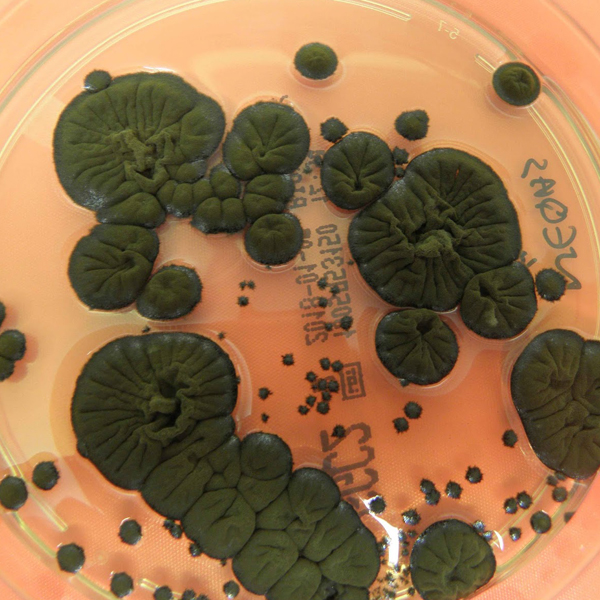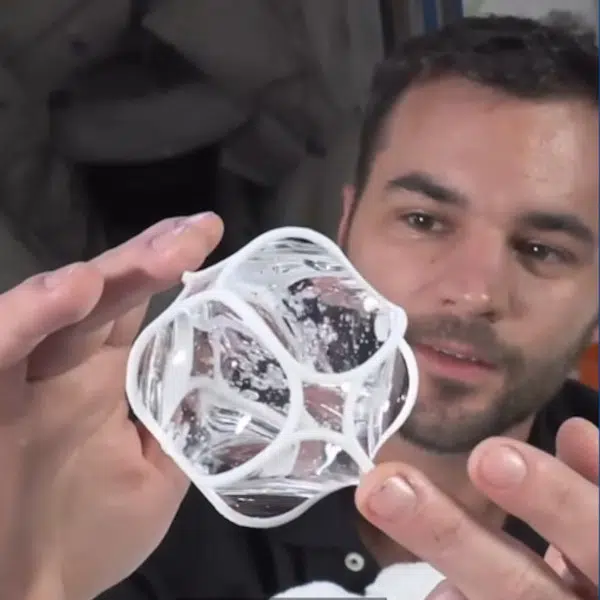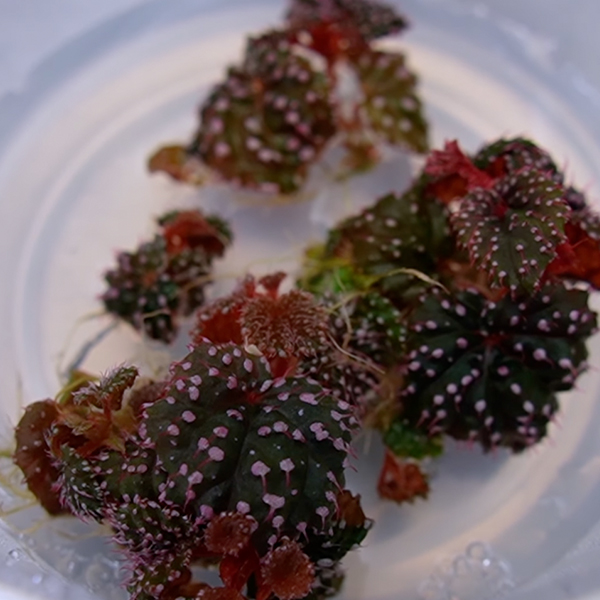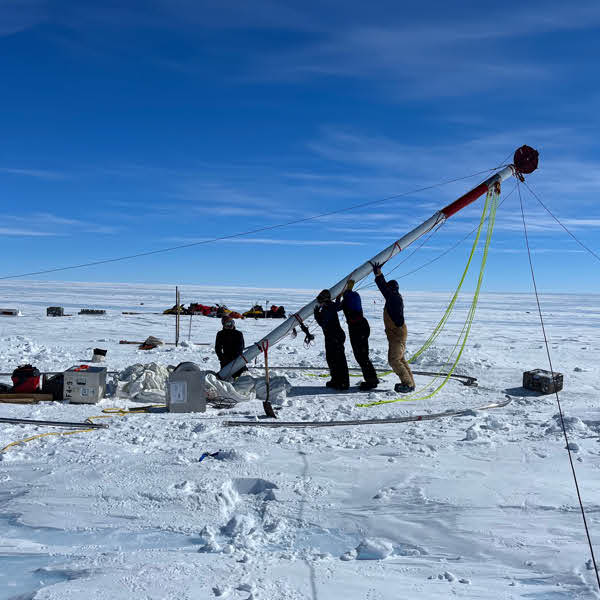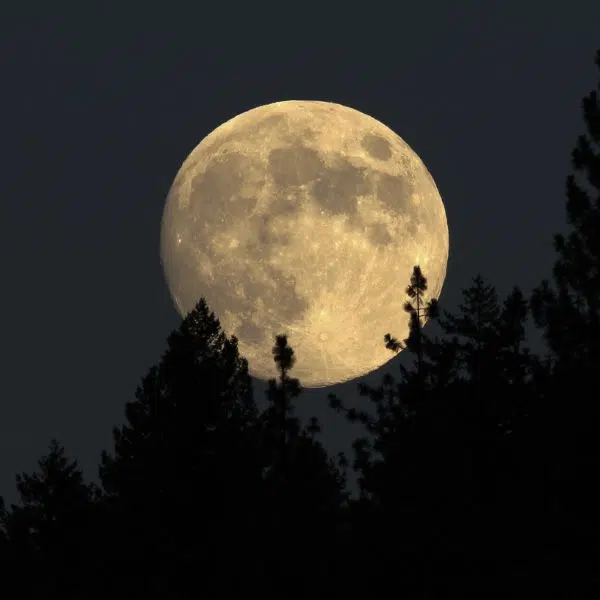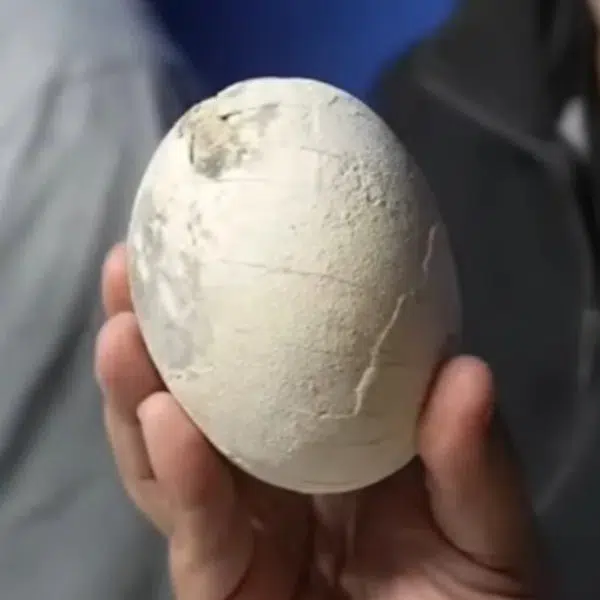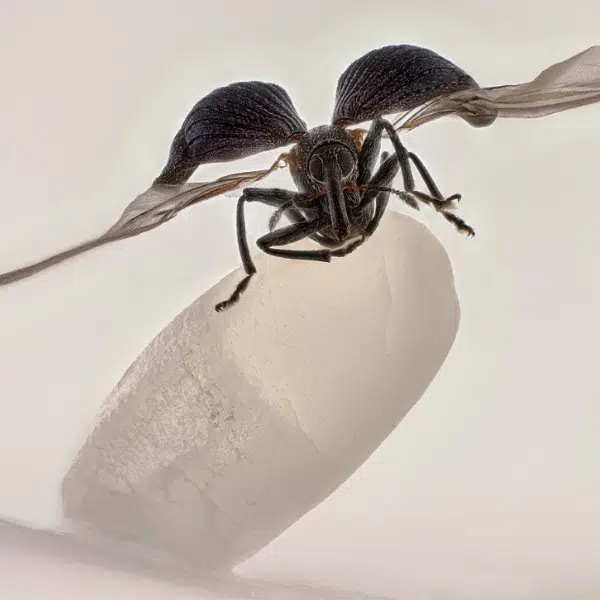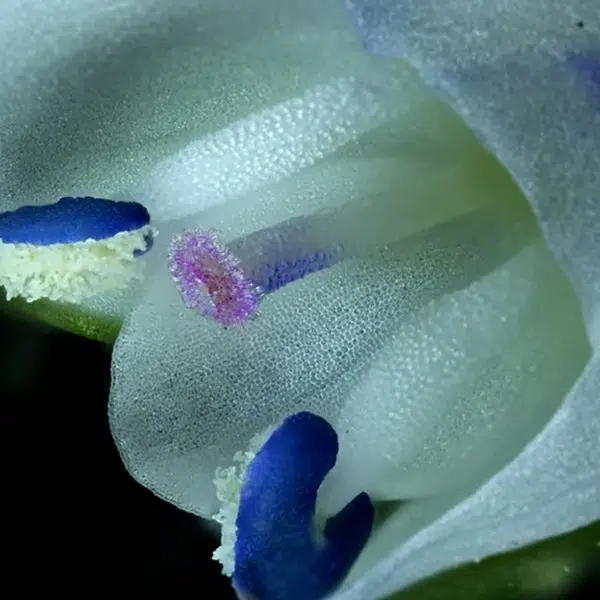
Photo: NASA/JPL-Caltech/MSSS
Curiosity—NASA’s robotic rover on Mars—has discovered pure, yellow sulfur crystals on the surface of the Red Planet. Launched over 10 years ago, on November 27, 2011, to determine whether life was or is viable on the planet Curiosity has found evidence of Mars once having liquid water at Gale Crater, scaled the planet’s diverse terrain—lately Mount Sharp– and analyzed various geological materials. These findings have been essential in building our understanding of what Mars was like in the past and evaluating its potential as a future home. This new discovery is another piece of the puzzle.
While on an expedition in the Gediz Vallis channel—a region created billions of years ago by large floods of water and debris—Curiosity was instructed to take a panoramic photograph of distant white rocks that the researchers at the Jet Propulsion Laboratory (JPL) took an interest in. Later, when the scientists reviewed the images taken by the Mastcam, they found a crushed rock in the rover’s tracks. The one-ton vehicle had accidentally cracked the rock earlier while driving over it. The researchers were astonished to discover translucent, yellow crystals inside. Upon analyzing the composition with the rover’s Alpha Particle X-ray Spectrometer, the team was surprised to discover that the crystals were pure sulfur.
Sulfur is nothing new on the planet. Former Mars exploration rovers Spirit and Opportunity, both launched in 2003, had detected sulfates in soil on Mars’ surface. However, this discovery marks the first time the element has been found in its pure form.
Curiosity had previously discovered the element combined with other minerals on Mars, such as in the form of sulfates, a type of salt that was left behind when the planet’s water dried up. While the area where the rover found the crystals is known for having ample amounts of sulfates, pure sulfur is different from sulfates as it’s not bonded to oxygen and is entirely composed of sulfur atoms.
Briony Horgan, co-researcher on the Perseverance rover mission, told CNN, “Pure elemental sulfur is a very weird finding because on Earth we mostly find it in places like hydrothermal vents. Think Yellowstone! So it’s a big mystery to me as to how this rock formed in Mt. Sharp.”
Researchers are still unable to determine what caused the formation of the elemental sulfur, but they continue to analyze the surrounding area.
NASA’s Curiosity rover has found yellow sulfur crystals on Mars, marking the first discovery of sulfur in its pure form on the Red Planet.

Photo: NASA/JPL-Caltech/MSSS
While the element has been previously found on Mars in the form of sulfates, this discovery is unique because the sulfur is in its elemental form and not bonded to oxygen.
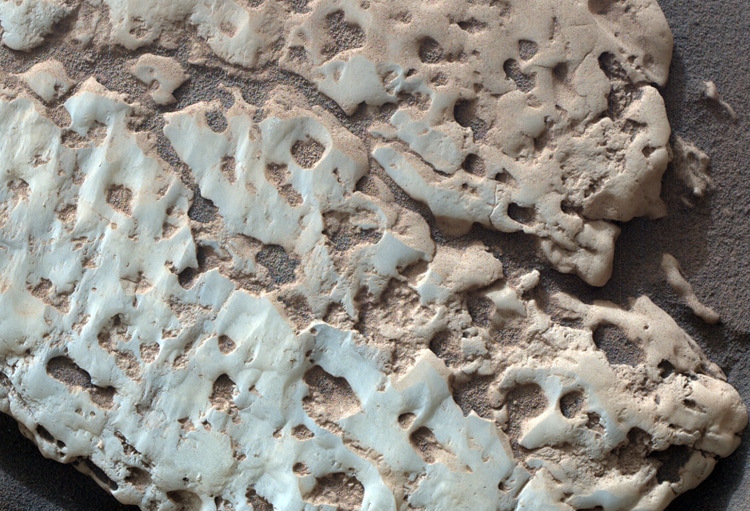
Photo: NASA/JPL-Caltech/MSSS
Researchers are still investigating how these sulfur crystals formed, adding to Curiosity's mission of understanding Mars' history and assessing its potential for future habitation.

Photo: NASA/JPL-Caltech/MSSS
h/t: [CNN]
Related Articles:
NASA’s Curiosity Rover Took a 1.8-Billion-Pixel Panorama Photo of Mars
6 Reasons Why Mars Is the Next Destination for Human Exploration
NASA Shows What It Looks Like to Fly into and Around a Black Hole












































































